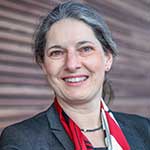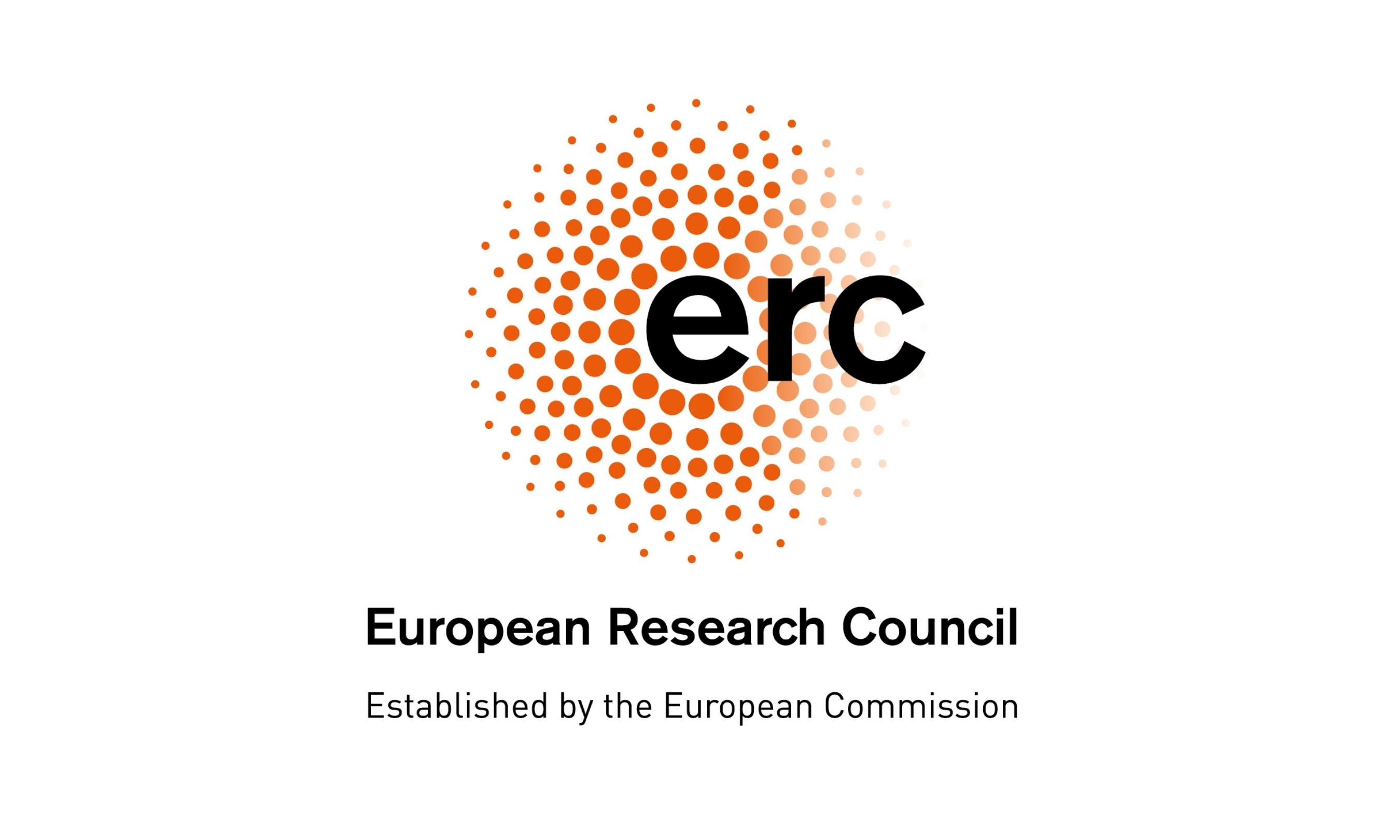
The role of oceans in shaping our history
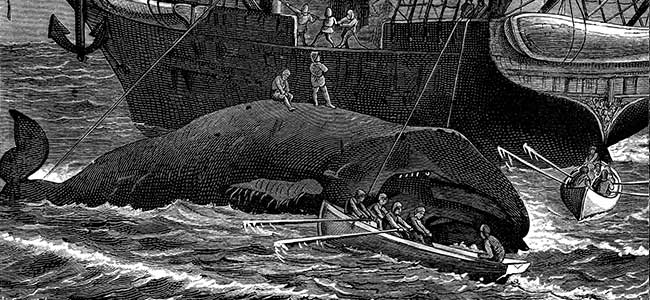
From the vast remains of shell mounds in Brazil to records of big hunts that decimated whale populations for the sake of lighting the streets of Europe, there is ample evidence that various human societies depended on the oceans. However, while the role of minerals like gold and silver in driving global trade and population movements is well studied and documented, the exact role that the harvest of marine resources played in shaping global history remains poorly understood.
The 4-OCEANS project aims to assess the importance of marine life for human societies during the last two millennia, from 100 BCE to 1860 CE. In doing so, the project will traverse key moments in global environmental, demographic and societal development, from the empires of the early Christian era to the industrialisation brought about by the steam engine.
It will examine when and where marine exploitation was of significance to human society; how selected major socio-economic, cultural, and environmental forces constrained or enabled marine exploitation; and identify the consequences of marine resource exploitation for societal development. Answering these questions will significantly enhance ocean literacy – an understanding of the roles played by ocean resources in human societies, and unlock avenues for future research and policy. One of the outputs will be the creation of the first online World Atlas of Historical Marine Exploitation.
Such a comprehensive analysis has never been done before. It will now be possible not only thanks to advances in marine environmental history but also due to unprecedented cooperation between four scientists with complementary expertise in both humanities and natural sciences. Prof. Poul Holm will bring his expertise in marine environmental history and digital environmental humanities; Dr. James H. Barrett his knowledge in historical archeology, historical ecology and zooarchaeology; Assistant Prof. Cristina Brito will contribute with her work in the history of science and environmental humanities; and Assistant Prof. Francis Ludlow with his expertise in geography and climate history.
Project: Human History of Marine Life: Extraction, Knowledge, Drivers & Consumption of Marine Resources, c.100 BCE to c.1860 CE (4-OCEANS)
ERC funding: € 10.5 million over 6 years
Researchers and host institutions:
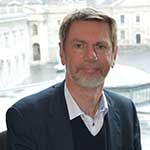 |
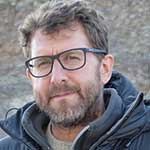 |
 |
 |
|
Poul Holm |
James H. Barrett University of Cambridge UK |
Cristina Brito NOVA University Lisbon Portugal |
Francis Ludlow Trinity College Dublin, Ireland |
How, when and why does science fail to correct itself?

To advance, science relies on the correction of errors. Yet in practice it can be difficult to erase incorrect and exaggerated claims from the scientific record. To understand how error correction works and what obstacles it faces, the NanoBubbles project will combine approaches from the natural, engineering, and social sciences as well as humanities fields.
The project’s focus is nanobiology, a highly interdisciplinary field founded around the year 2000 that has already seen multiple episodes of overpromising and erroneous claims. It will examine three "bubbles": the claim that nanoparticles can cross the blood-brain barrier, the promotion of the "protein corona" concept to describe ordinary absorption of proteins on nanoparticles, and a third claim that nanoparticles can penetrate the cell membrane.
Four researchers based in France and the Netherlands will use their expertise and innovative digital methods to trace claims and corrections made in various scientific communication channels. The team will study the circulation of claims and counter-claims as they move through laboratories, conferences, journals, preprints, online journal clubs and social media platforms, and other sites from the 1970s to the present. The study aims to spark a dialogue within the nanobiology community. Its researchers foresee that their findings could also apply to other new interdisciplinary fields such as synthetic biology and artificial intelligence.
The project’s lead researchers include Raphaël Lévy, a physicist and leading expert in nanobiology. Cyrus Mody is an expert in the history and sociology of science and technology. Cyril Labbé is a specialist in computer science and information systems. Willem Halffman has been recognised for his work on the functioning of scientific expertise and policy.
Project: Nano bubbles: how, when and why does science fail to correct itself? (NanoBubbles)
ERC funding: € 8.3 million over 6 years
Researchers and host institutions:
|
|
 |
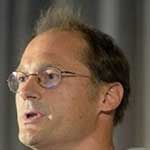 |
 |
|
@ Pascal / black-ink.net |
Cyrus Mody Maastricht University Netherlands |
|
Willem Halffman Radboud Universiteit Netherlands |
There’s more to the brain than neurons
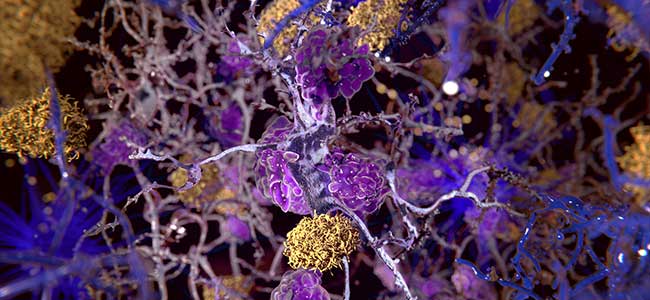
Say the word “brain”, and most of us envisage a complex network of neurons sending electric signals all over the body. But this neurocentric view is too simplistic. This fantastic machine has other important parts - and microglia are its unsung heroes. They act as the local immune system, protecting our brains from infections and making sure nothing goes wrong. Scientists, however, have speculated that microglia may have additional functions.
A team of four researchers based in Germany, France and the US has just been awarded an ERC Synergy Grant to study the “Microglial Control of Physiological Brain States”. They propose that reciprocal signalling between neurons and microglia is critical for a healthy brain. The language of this intercellular communication is largely unknown. “It will be like deciphering the Rosetta Stone” says Nils Brose.
Profs Nils Brose, Thomas Oertner, Anne Schaefer and Antoine Triller will combine their unique skill sets - ranging from gene expression analysis to cutting-edge imaging technologies - to investigate the role of microglia and bring these little cells into the spotlight they deserve. In doing so, they will paint a more complete picture of how the brain works, shedding light on some of its complex mysteries and advancing the fight against neurological disorders.
Project: Microglia Control of Physiological Brain States (MICRO-COPS)
ERC funding: € 10 million over 6 years
Researchers and host institutions:
|
|
 |
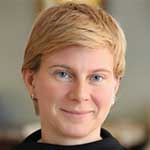 |
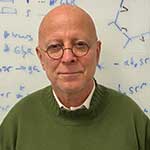 |
| Nils Brose ax Planck Institute of Experimental Medicine Germany |
Thomas Oertner - University Medical Center Hamburg-Eppendorf, Germany | Anne Schaefer - Icahn School of Medicine at Mount Sinai, USA | Antoine Triller - Inserm-Ecole Normale Supérieure, Paris-Sciences-et-Lettres, France |
A previously unknown weapon in the T cell arsenal

In recent years, the success of immunotherapies for cancer has drawn the attention of researchers and global industry to cytotoxic T cells (CTL), which protect us by killing infected and cancerous cells. However, there are still many limitations to current immunotherapy approaches, including high costs, dependence on the integrity of the patient immune system, and cancer cell resistance to treatment. ERC-funded project ATTACK will work on a new biotechnology to explore deeper the cytotoxic machinery of T cells and approach the goal of efficient and accessible cancer treatment.
Researchers from the world’s leading labs for immunology, molecular biology and biophysics have conducted independent observations of previously unknown weapon in the T cell tactical arsenal: stable supramolecular attack particles (SMAPs) that kill target cells. Now four scientists based in Germany, France, Italy and the UK will combine their diverse expertise and unique preliminary findings to engineer these particles and develop the biotechnology of SMAP enhancement in engineered T cells.
The synergy team will be working together through four “packages”. Each researcher will lead one work package and at the same time support the other ones through free flow of information and joint experiments, thus providing a holistic view of how CTL can contribute to a long and healthy life. The four groups will investigate how SMAPs are made (Cosima Baldari), how they are released (Jens Rettig), how they work (Michael Dustin) and how cancer cells respond (Salvatore Valitutti).
This new molecularly defined cytotoxic pathway will be able to address the current limitations of cancer immunotherapies and have a transformative global health impact. The research team envisage other successful applications beyond killing pathogen cells, e.g. in regenerative medicine.
Project: ATTACK - Analysis of the T cell’s Tactical Arsenal for Cancer Killing
ERC funding: €10 million over 6 years
Researchers and host institutions:
|
|
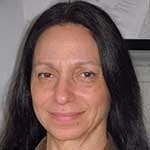 |
 |
 |
| Jens Rettig Saarland University Homburg Germany |
Cosima Baldari University of Siena Italy |
Michael Dustin University of Oxford, United Kingdom | Salvatore Valitutti INSERM, CRCT-IUCT, Toulouse, France |
The true scale of the Universe

Since the ancient observations to the present day astrophysics, distance determination has been one of the most important, fascinating and challenging goals in astronomy. Knowing distances is much more than just knowing the scale. It also means knowing the physical nature of objects in the universe, and each significant improvement in the accuracy of the distance scale opens whole new fields of astrophysical research. With an ERC Synergy Grant, an international team of scientists aims to radically improve measuring astronomic distances. The UniverScale project will bring together experts in various fields of astrophysics: studies of nearby stars, Cepheids, galaxies and cosmology - who have pioneered key studies on the extragalactic distance scale. The international character of the endeavour - based in Poland, France and Chile - will enable it to tap into the expertise of leading researchers and provide privileged access to the best telescopes on the planet. If UniverScale is successful, its results will have strong impact on many fields of modern astrophysics. The findings may change our understanding of the fundamental nature of the universe, including the enigmatic dark energy.
ERC project: Sub-percent calibration of the extragalactic distance scale in the era of big surveys (UniverScale)
ERC funding: € 13.9 million over 6 years
Researchers and host institutions:
|
|
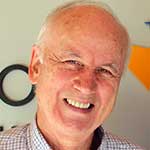 |
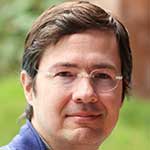 |
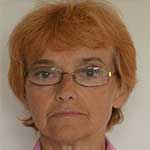 |
|
Grzegorz Pietrzyński Polish Academy of Sciences |
Wolfgang Gieren Universidad de Concepcion Chile |
Pierre Kervella Observatoire de Paris – Université PSL France |
Bożena Czerny Polish Academy of Sciences Poland |
Combatting climate change – how to best use new technologies?

The most recent UN climate agreement aims to keep global temperature rise well below 2 °C. To achieve this target, negative emissions technologies such as greenhouse gas removal (GGR) are critically important since they can capture carbon dioxide (CO2) from the atmosphere and store it safely. Another significant technology is solar radiation management (SRM), a type of climate engineering in which sunlight is reflected to limit or reverse global warming. The research team of the GENIE project, funded by an ERC Synergy Grant, aims to identify how, where, and when to use these technologies effectively. The intention is to generate a robust, scientific assessment for evidence-based policymaking.
Most research on GGR and SRM addresses techno-economic aspects and rarely their social, legal, political and even ethical dimensions. The new project will address this gap, and provide an urgently needed interdisciplinary and holistic perspective of these technologies, in order to understand whether and how they could be deployed at the required scale to solve the problem.
Three lead researchers will integrate insights from social science, engineering and physical science disciplines to provide a comprehensive view of GGR and SRM, and how they can help with the transition to climate neutrality in Europe and the world. Energy policy expert Benjamin K. Sovacool, environmental economist Jan C. Minx, and environmental systems scientist Keywan Riahi are all leading authors in the current production of reports from the Intergovernmental Panel on Climate Change (IPCC). They will now combine forces to make a strong contribution to not only climate and energy research but also national and European policy.
Project: GeoEngineering and NegatIve Emissions pathways in Europe (GENIE)
ERC funding: € 9.1 million for 6 years
Researchers and host institutions:
|
|
 |
 |
| Benjamin K. Sovacool Aarhus University Denmark |
Jan C. Minx Mercator Research Institute on Global Commons and Climate Change (MCC) Germany. |
Keywan Riahi |
What will water infrastructure look like in the cities of the future?
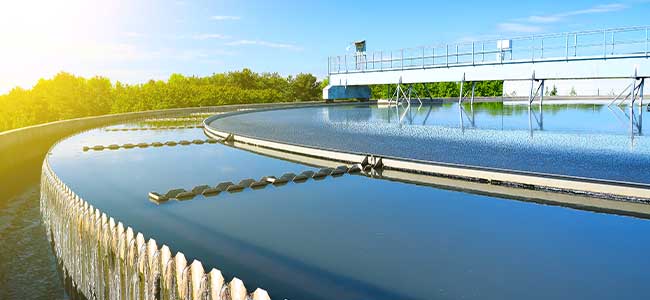
World’s cities are expanding. Some 70% of people will live in urban areas by 2050. This growth brings with itself one big challenge: water. New water infrastructures went historically hand in hand with urban development. However, in the past, changes happened often because cities needed to react to crises and immediate needs – not as a result of real planning. Urban water planners were unable to take into account short-term and long-term, deeply uncertain and ambiguous factors affecting urban development and water demand.
These factors, together with increasingly uncertain climate conditions, have increased the need for a more holistic and intelligent decision-making framework for managing water infrastructures in the cities of the future. The Water-Futures project, funded by an ERC Synergy Grant, aims to develop a framework for the allocation and development decisions about water infrastructure systems. The goal is that these systems become more socially equitable, economically efficient and environmentally resilient, in line with the Sustainable Development Goals of the United Nations Agenda 2030.
The project team, including Marios Polycarpou (University of Cyprus), Barbara Hammer (Bielefeld University), Phoebe Koundouri (Athens University of Economics and Business) and Dragan Savić (KWR Water Research Institute/University of Exeter), brings together knowledge from different disciplines. To design the next generation of smart urban drinking water systems, this interdisciplinary research team will look at methodologies from water science, systems and control theory, economics, and decision science as well as machine learning.
Project: Smart Water Futures: designing the next generation of urban drinking water systems (Water-Futures)
ERC Funding: € 9.9 million for six years
Researchers and host institutions:
|
|
|
|
|
Marios Polycarpou University of Cyprus Cyprus |
@ Bielefeld University/S. Jonek |
Phoebe Koundouri, Athens University of Economics and Business Greece |
Dragan Savić KWR Water Research Institute (KWR) Netherlands |







